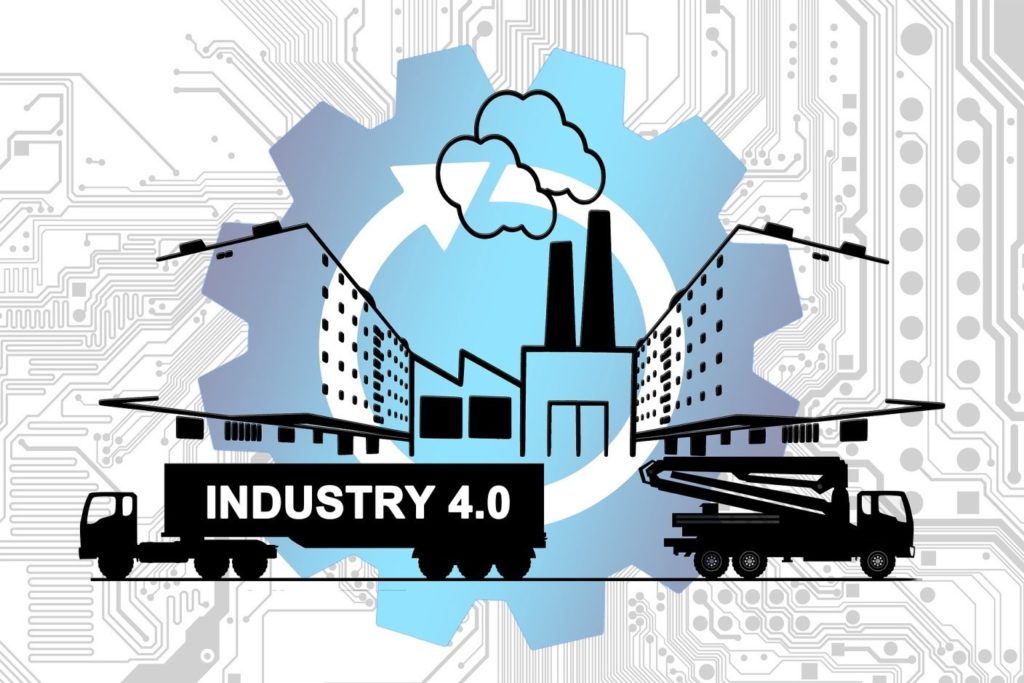
To be able to recognize how Industry 4.0 became today’s buzzword, a take a look at its predecessors could give us a viewpoint on how this change, in particular, is different. The adhering to representation reveals a timeline of the development of production and the industrial industry as a whole.
- The First Industrial Revolution
The commercial transformation in Britain came in to present machines into manufacturing by the end of the 18th century around 1760 to 1840. This included going from manual manufacturing to making use of steam-powered engines, as well as water as a source of power.
This aided agriculture considerably and the term “manufacturing facility” become a little preferred. Amongst the markets that profited a lot from such changes is the fabric industry, as well as the very first to embrace such techniques. It additionally comprised a substantial part of the British economic situation at the time.
- The Second Industrial Revolution
The second one days between 1870 to 1914, although some of its features go back to 1850, and presented pre-existing systems such as telegraphs as well as railroads into sectors. Maybe the specifying attribute of that period was the introduction of mass production as a primary way to production generally.
The electrification of factories added extremely to manufacturing prices. The mass production of steel helped introduce railways into the system, which consequently added to mass production. Technologies in chemistry, such as the invention of the synthetic dye, also mark such period as chemistry remained in an instead primitive state then.
However, such advanced methods to the market were put to an end with the beginning of Globe Battle I. Automation, obviously, was not propound an end, however, only growths within the same context were made as well as none of which can be called industrial transformations.
- The Third Industrial Revolution
Maybe the third amongst more acquainted to us than the rest as the majority of people living today know with sectors leaning on electronic technologies in manufacturing. Nevertheless, the third industrial revolution is dated between 1950-1970.
It is usually described as the Digital Change, as well as transpired the adjustment from analog and mechanical systems to digital ones.
Others call it the Information Age as well. The third revolution was, and still is, a direct outcome of the massive growth in computers and information, as well as communication technology.
